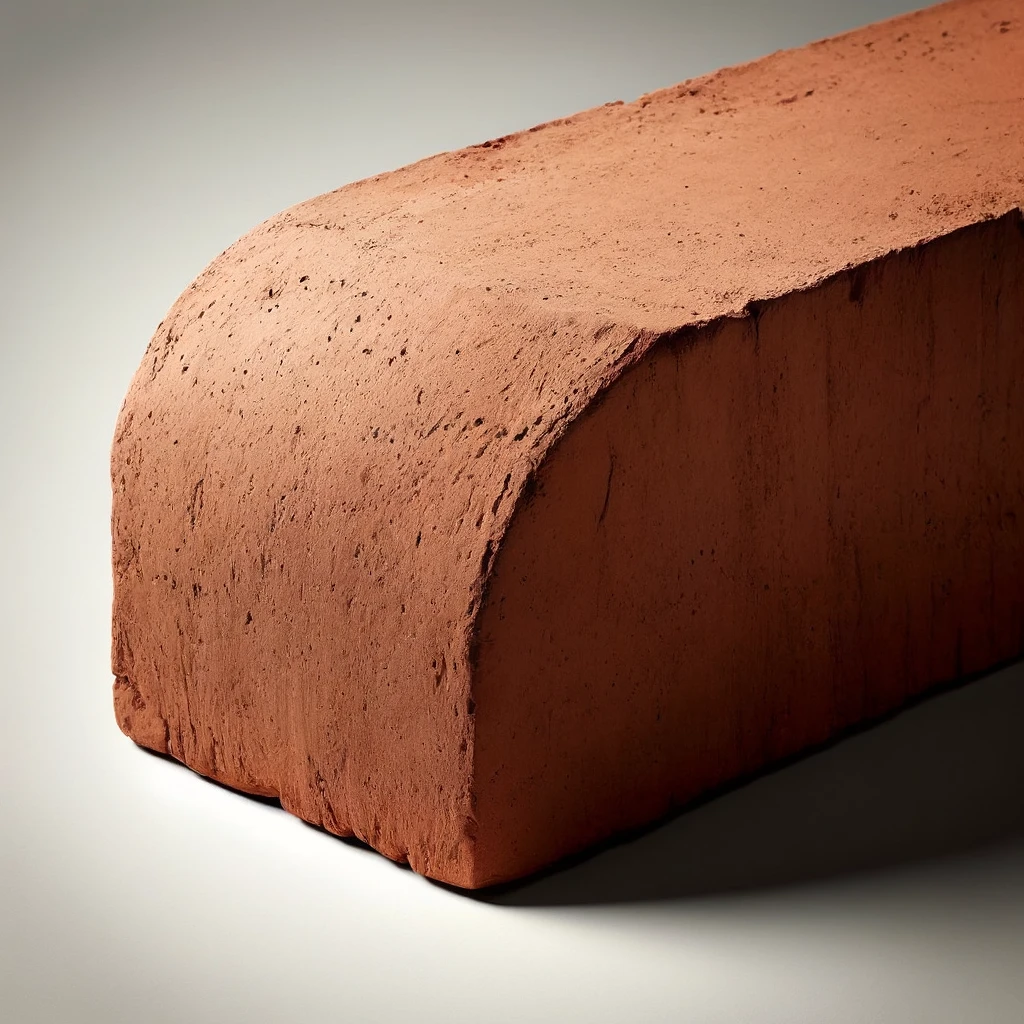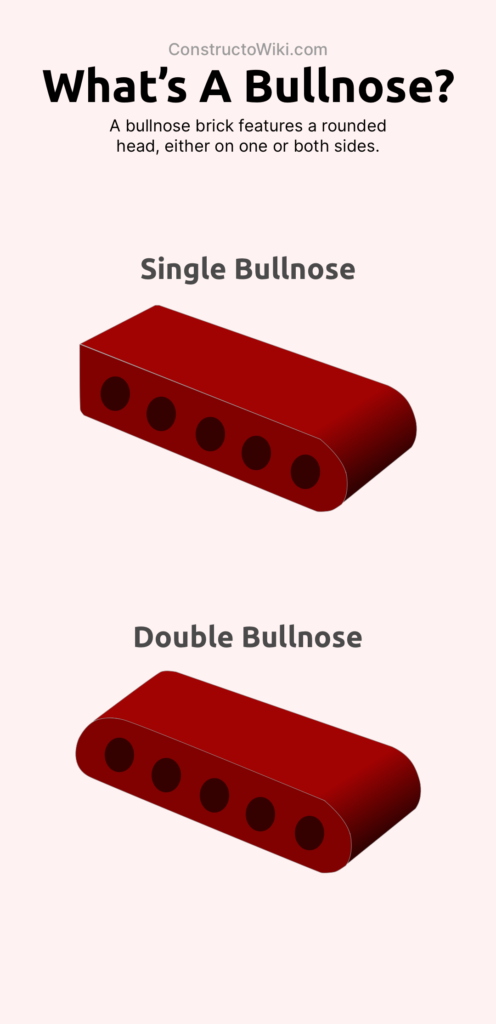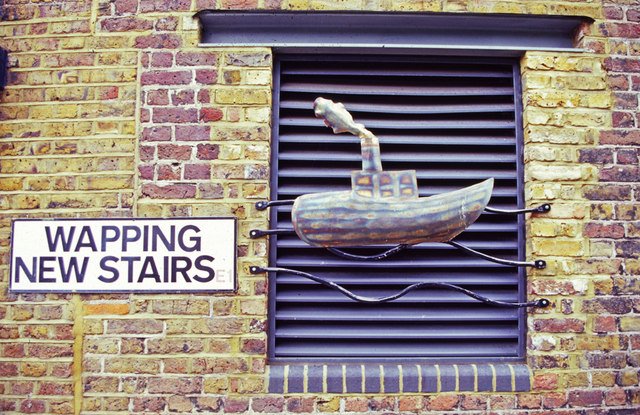Understanding Bullnose Bricks
Ever wondered about the peculiarly shaped bricks in edges of staircases or corners of walls with a rounded finish?
Well, that’s what we’re discussing in this article – the often under-noticed but essential element in construction called the ‘Bullnose Brick’.
Bullnose bricks with their rounded edges not only add aesthetic appeal but also significantly increase safety. This is especially important in public spaces with high foot traffic.
We will explore their characteristic features, common applications, various color and material variations, manufacturing process, maintenance, and their role in safety, historic restorations, and energy efficiency. We will also examine current trends in brick manufacturing, including 3D printing, and the considerations for cost and market availability.
So let’s explore the world of bullnose bricks and understand their importance in shaping our buildings and spaces into more rounded, softer, and safer structures.
Table of Contents
Construction Terms: What is a Brick with Rounded Edges Called?

Introduction to Brick Types in Construction
In construction, bricks are a fundamental material used in various types of building projects. Different bricks serve different aesthetic and structural purposes. One of the lesser-known but significant types is the brick with rounded edges.
Definition: Bullnose Bricks
A brick with rounded edges is commonly known as a “Bullnose Brick.”
Characteristics of Bullnose Bricks
Bullnose bricks have a smooth, curved edge, unlike standard bricks that have sharp, right-angled edges. Here are some key features:
- Rounded edges on one or more sides
- Commonly used for aesthetic detailing
- Increased safety by eliminating sharp corners
Applications of Bullnose Bricks
Bullnose bricks are often used in various parts of a construction project for both functional and decorative purposes. Some common applications include:
- Edges of steps and staircases
- Window sills and ledges
- Corners of walls to provide a soft finish
- Garden walls and pathways for a polished appearance
Example of Bullnose Brick Types
Bullnose bricks come in various shapes and sizes depending on their specific use case. Below is a table summarizing some common types:
| Type | Description | Common Uses |
|---|---|---|
| Single Bullnose | One long edge is rounded | Window sills, stair treads |
| Double Bullnose | Both long edges are rounded | Wall copings, garden walls |
| Return Bullnose | Short return edge rounded | Walls corners, pillar details |
Variation in Bullnose Bricks

Material Variance in Bullnose Bricks
While all bullnose bricks share the characteristic of rounded edges, they can vary greatly in terms of the material from which they are made. Bricks are usually made from clay or concrete, but bullnose bricks can have variations in color, texture, and finish depending on the materials and production process used.
Color Variations of Bullnose Bricks
Bullnose bricks can come in a vast variety of colors. Some of the most common hues include red, brown, and yellow, but they can also be available in less traditional colors like blue or green. These color variations can help match the brick to the rest of the construction or provide a contrasting aesthetic feature.
Customization of Bullnose Bricks
Bullnose bricks can be custom-made according to the specific requirements of a project. This could involve customization in terms of size, number of rounded edges, color, or even patterns etched into the surface of the brick. This flexibility makes them a popular choice for builders looking to add a unique touch to their projects.
Manufacturing Process of Bullnose Bricks
Creation of Bullnose Bricks
The creation of bullnose bricks involves firing or baking the molded clay in a kiln at extremely high temperatures. The high heat ensures the bricks are robust and durable. For bullnose bricks, the molds used in this process are specially designed to result in the rounded edge.
Methods for Producing Rounded Edges
The rounded edges on bullnose bricks can be created through two methods – by molding or by grinding. Molding involves shaping the brick before it is fired, while grinding means shaping the brick after it has been fired and hardened.
Maintenance and Care for Bullnose Bricks

Cleaning Bullnose Bricks
Bullnose bricks, like other types of bricks, require proper cleaning and maintenance. The curved edges may collect dirt and debris, which can affect the aesthetic appearance of the bricks over time. Regular cleaning with a soft brush and mild detergent can help maintain their appearance.
Durability of Bullnose Bricks
In addition to their aesthetic appeal, bullnose bricks are known for their durability. Properly installed and maintained bullnose bricks can last for many years, even decades, without needing to be replaced or repaired. However, they may require resealing over time to protect them from damage and preserve their appearance.
Further Applications of Bullnose Bricks

Enhanced Safety in Public Spaces
Bullnose bricks are not just limited to aesthetic and structural aspects in small-scale projects; they play a vital role in larger public spaces too. Their rounded edges make them an ideal choice for public infrastructure. For example:
- Public staircases where high foot traffic necessitates extra safety measures
- Playgrounds and schools to minimize the risk of injury for children
- Urban landscaping projects including walkways and plazas
Usage in Historic Restorations
Bullnose bricks are often utilized in the restoration of historic buildings. They provide authentic detailing that is essential for preserving the architectural integrity of older structures. Whether it’s a centuries-old estate or a historic public building, bullnose bricks help maintain the original design elements.
Energy Efficiency Considerations
Bullnose bricks can also contribute to a building’s energy efficiency. The materials used, particularly clay, have good thermal properties that can help regulate indoor temperature. When used in exterior corners and window sills, they can reduce thermal bridging, which is the heat loss that occurs at joins and corners of a building.
Retrofitting Modern Homes
Even in modern home designs, bullnose bricks can add a touch of elegance. Retrofitting existing homes with bullnose edges on windowsills, courtyards, and garden paths can blend traditional and contemporary design elements seamlessly. They are also increasingly being used in outdoor kitchens and BBQ areas for their smooth, finished look.
Sustainability and Bullnose Bricks
Environmentally Friendly Materials
Many manufacturers are now producing bullnose bricks using sustainable practices and eco-friendly materials. Recycled brick materials are becoming popular, and even the waste products from brick manufacturing are being reused. This contributes to a lower environmental footprint for construction projects.
Longevity and Reusability
Another sustainability aspect is the durability and reusability of bullnose bricks. Their long lifespan means fewer resources are needed for replacements. When buildings are demolished, these bricks can often be reclaimed and reused in new projects, reducing the need for new materials.
Technological Advances in Brick Manufacturing
3D Printing and Bullnose Bricks
Innovations in 3D printing technology are starting to impact the brick manufacturing industry. Custom bullnose shapes that were once difficult to produce can now be quickly and accurately designed and manufactured using 3D printers. This allows for more creative and intricate designs in construction.
Computer-Aided Design (CAD)
CAD is extensively used to design bullnose bricks with precise measurements and customized shapes. This technology helps in creating detailed and accurate blueprints, ensuring that the bricks fit perfectly into their intended positions in a construction project.
Cost Considerations and Market Availability
Determining Cost Factors
The cost of bullnose bricks can be influenced by several factors including:
- Material type (clay, concrete, recycled materials)
- Customization requirements (color, size, number of rounded edges)
- Manufacturing process (traditional kiln-fired vs. modern 3D printing)
These factors mean that while bullnose bricks can be more expensive upfront, their long-term benefits often justify the investment.
Market Availability and Suppliers
Bullnose bricks are readily available from various suppliers. Some well-known providers include Home Depot and Lowe’s, which offer a range of sizes, colors, and materials. Additionally, specialized brick manufacturers can produce custom orders for specific project needs.
Wrapping Up
To sum up, bullnose bricks play a fundamental role in various aspects of a construction project. Their unique form factors such as smooth, curved edges and variations in color, texture, and finish enable them to serve both aesthetic and structural purposes in diverse places like edges of staircases, window sills, or garden walls.
These bricks can be easily tailored to specific project needs, adding a unique touch to architectural designs. Technologies like 3D printing and CAD further facilitate the creation of intricate and precise designs in construction. With their long lifespan and potential for reclamation in demolished buildings, they contribute to sustainable construction.
While bullnose bricks can sometimes be costlier due to material type and customization requirements, their durability and aesthetic allure often outweigh the initial investment.
Frequently Asked Questions – FAQs
What is a Bullnose Brick?
A bullnose brick is a construction brick with rounded edges. It’s commonly used for aesthetic detailing and for safety purposes, by eliminating sharp corners.
Why would you use Bullnose Bricks instead of standard bricks?
You might choose to use bullnose bricks over standard bricks for their aesthetic appeal, safety features, durability, and versatility. They can be used in a variety of applications, including staircases, window sills, garden walls, and more.
How are Bullnose Bricks made?
Bullnose bricks are made similarly to standard bricks – utilizing materials like clay or concrete, they’re shaped then fired or baked in a kiln at extremely high temperatures. However, the distinctive rounded edges of bullnose bricks can be created either by molding or grinding the brick.
Are Bullnose Bricks more expensive?
Costs can vary, but generally, bullnose bricks can be more expensive due to factors such as material type, customization requirements and manufacturing process. However, their long-term benefits often justify the initial investment.





